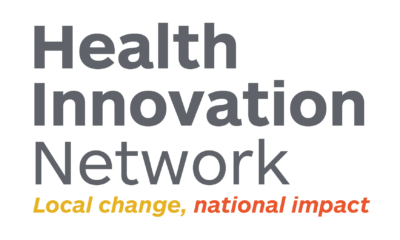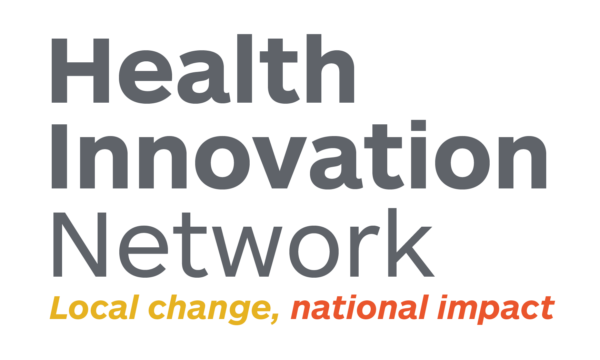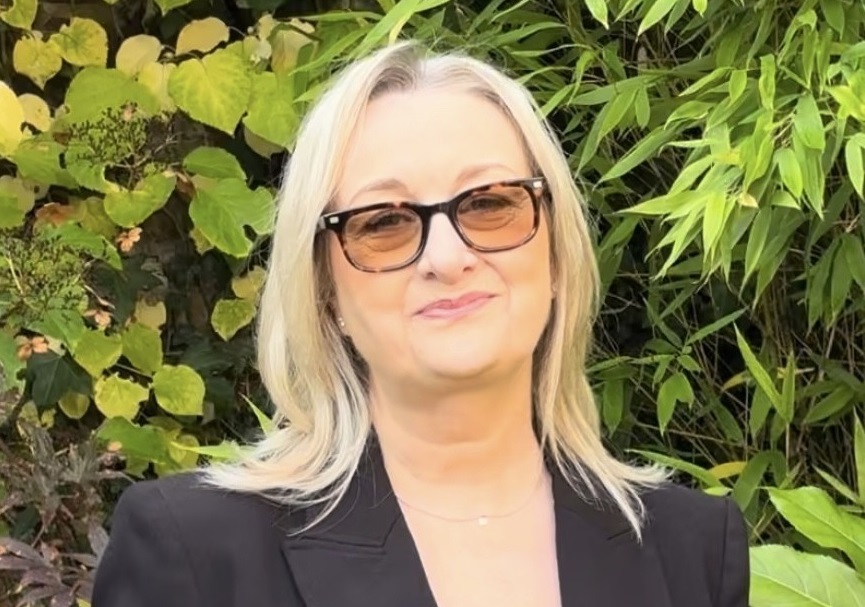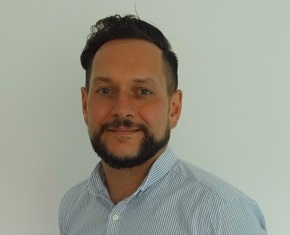Dr Phil Jennings, Vice Chair of the Health Innovation Network and Chief Executive of Health Innovation North West Coast, discusses why the Network’s collective relicensing gives innovation a better chance of success.
In any one day in England, 1.2 million people attend a GP appointment, over a quarter of a million people have an outpatient appointment and almost 50,000 people present in A&E. Demand for services has never been greater and with an ageing population presenting with more co-morbidities and complex needs every day, it shows no signs of easing up. Winter pressures have become all year pressures, and the workforce crisis persists with over 100,000 positions still vacant. There has simply never been a greater need for innovation in the NHS. But innovation is not a one size fits all solution.
Innovation, like any large-scale policy or transformation plan, requires a level of local translation and personalisation to ensure its appropriateness for the unique needs of different populations. Take cardiovascular disease (CVD) as an example: the NHS long term plan (LTP) states that providers need to work towards reducing heart attacks, strokes, and cases of dementia by 150,000 by 2029. How best to achieve these targets differs in all localities based on service provision, workforce capacity and capabilities, socio-economic make-up of the population and – of course – funding.
Tailoring our approach
To support this agenda, the Health Innovation Network is increasing its focus on best practice in lipid management such as virtual lipid clinics in GP practices in Kent, Surrey, and Sussex, a GP federation collaborative carrying out system-wide record searches to identify the highest-risk populations in Greater Manchester, and hospital specialists working with primary care through clinical champions in the most deprived areas of Bath, Swindon and Wiltshire. Tailored approaches like these, informed by local population data and dedicated clinical leadership, deliver the most appropriate local initiative, whilst still contributing to the national aims.
“That’s why the 15 health innovation networks charged with delivering spread and adoption of innovation in the NHS each cover a designated geography, where they can be embedded locally and focus on matching promising innovations with their specific local population needs.”
Known collectively as the Health Innovation Network – formerly the AHSN Network – we each work closely with our respective integrated care boards (ICBs), to translate national policy into local innovation programmes. This allows for innovation – be it clinical service redesign, implementation of new technology or roll out of a novel therapy – to support delivery of national targets, but by specifically tackling local problems, with a personalised approach.
Tackling health inequalities
The Innovation for Healthcare Priorities Programme (InHiP) is a great example of this, with projects across England funded to make use of technologies and medicines that align with the Core20PLUS5 approach to tackling healthcare inequalities. Each project was designed and developed by local health innovation networks, in partnership with their local health systems, to make sure that those most in need within their geography would benefit from innovation. In practice this looked like a focus on Fractional exhaled nitric oxide (FeNO) testing and smoking cessation to improve respiratory conditions in young people in Manchester, prescribing direct-acting oral anticoagulants (DOACs) to improve cardiac problems in North West London, whilst coastal North Devon tackled heart failure.
Whilst the collective impact of the outcomes of all these projects contributes to the national targets, local tailoring allows the health innovation networks to better align their activities with local priorities – and therefore, their local people. This in turn overcomes unwarranted variation in access to and uptake of evidence-based treatments and prevents widening of health inequalities. InHIP has so far led to direct engagement with over 11,000 people, with core health conditions, in under-served populations across the country.
Discover, develop, deploy
The reverse is also true and acting as one wider network team allows for smaller scale, locally developed projects that prove demonstrable patient benefit, to be deployed across the country more rapidly. For example, a local GP practice participating in a feasibility study aimed identifying families with familial hypercholesterolaemia (FH) has led to Health Innovation North East and North Cumbria (HI NENC) leading the national spread of a Child-Parent Screening Service. If left unmanaged, FH can lead to heart disease at an early age and the NHS Long Term Plan ambition hopes to increase the identification of FH to 25% by 2024.
The programme, which involves testing for this inherited condition at a child’s routine 1 year immunisation visit using a Point of Care heel prick test, is now implemented through seven health innovation networks and is projected to screen 10,000 children by October 2024. Based on feasibility testing, this should surface 80 undiagnosed cases of FH between the children and their parents. Parents can be initiated on statins immediately and the children from about 10 years of age, with both able to adopt preventative healthy lifestyle measures straight away, improves their chances of avoiding their condition presenting at a much more advanced stage of disease.
Working collaboratively as a Network, but being embedded locally also supports the innovators we work with to better navigate and understand the NHS’ local landscapes. Our shared understanding of each other’s systems supports us to better signpost innovators to health systems that are not only crying out for their new ideas but are ready to implement them. We supported the development of both gammaCore (vagus nerve stimulator for cluster headaches) and Heartflow (AI software for coronary disease management) innovations in a way that aligned with local health and care needs, and which also facilitated their national scaling, which we in turn supported as part of the MedTech Funding Mandate policy. Heartflow is now in 66% of eligible sites benefitting an estimated 6,000 patients per year. gammaCore is now in 85% of eligible trusts benefitting an estimated 2,000 patients per year.
Learning, iterating, and adapting at this speed would not be possible if we weren’t operating at a local level and connecting at a national one. And whilst one size does not fit all, often the barriers to adoption are similar. Working collaboratively allows for learning to be spread more quickly. Being part of the Health Innovation Network allows us to build and harness local expertise and knowledge, and deliver national impact.

Jo Barosa is Account Director at Qbtech UK. Qbtech is a market leading provider of innovative objective tests for assessing and treating ADHD, changing the landscape of ADHD care. Driven by its mission to improve the lives of people with ADHD, Qbtech supports by providing digital and clinical solutions to improve clinical decision making, service [...]

Dr Cheryl Crocker, interim Chief Operating Officer at the Health Innovation Network, explains the vital role innovation plays to not only reduce waiting lists and improve access to care, but to decrease system pressure by improving people’s health and keeping them well for longer. The new Government has rightly declared its focus on moving the [...]

Launched in 2014, SiSU Health is scaling early warning, self-service health kiosks, digital platforms and pathways into pre-existing healthcare services. The British Heart Foundation estimates the annual cardiovascular disease (CVD) related costs to the UK healthcare system are around £10 billion, with annual costs to the UK economy of an estimated £25 billion. Making the [...]

